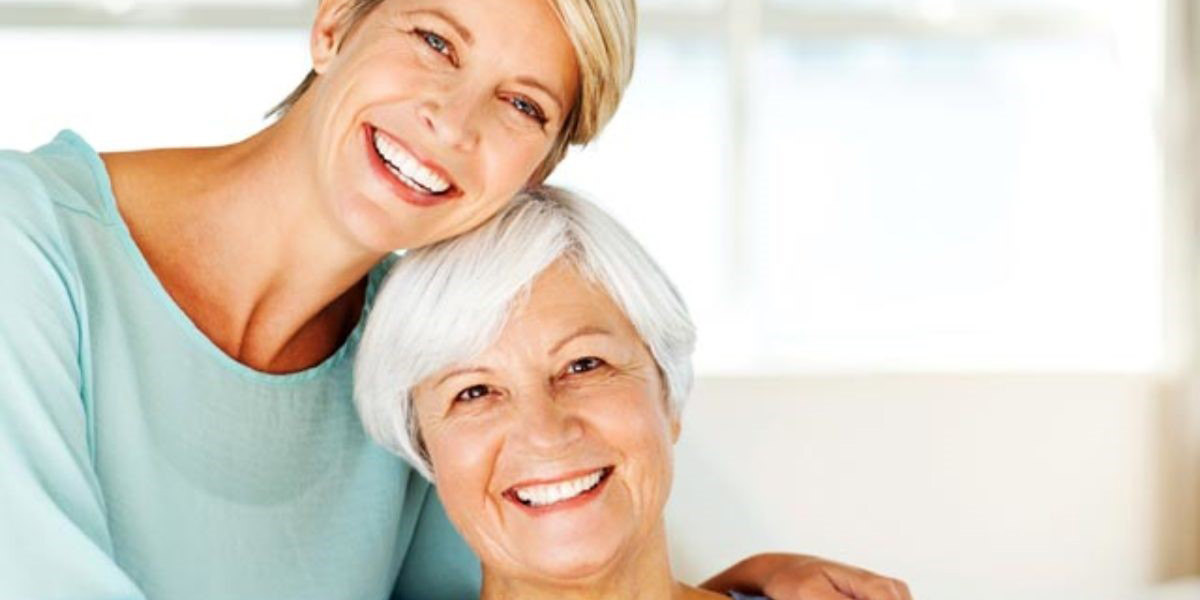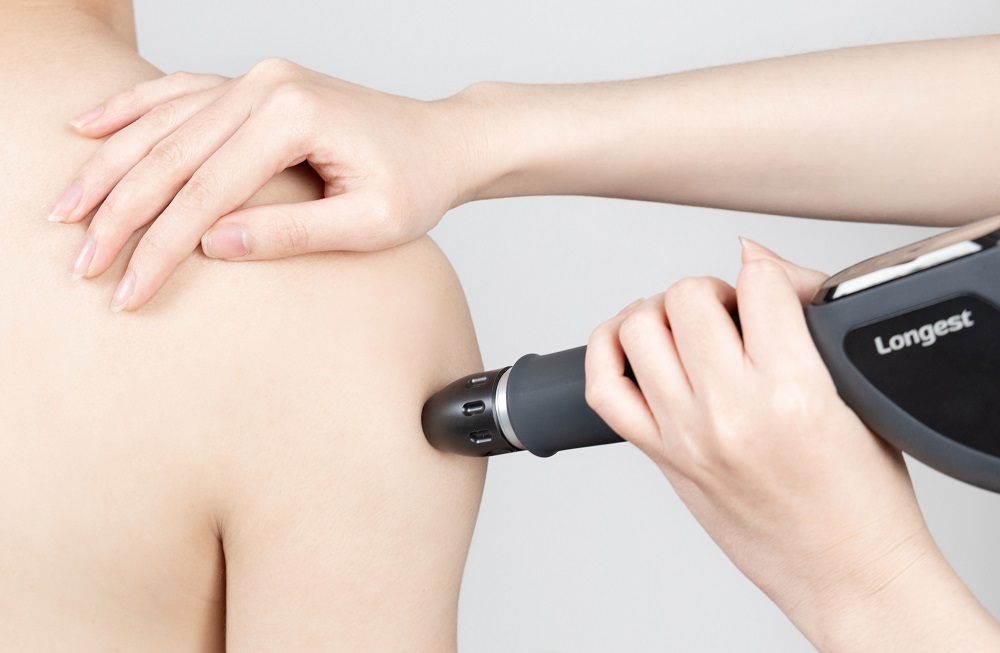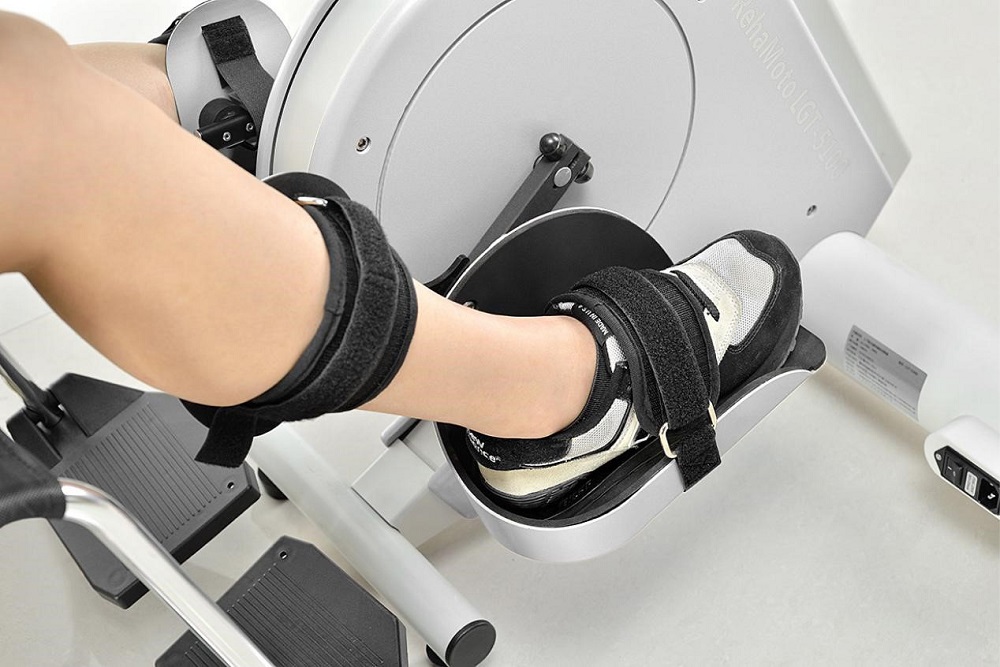Aging Population and Geriatric Rehabilitation: Addressing the Challenges of an Increasingly Older Society
March 20, 2024
The world's population is undergoing rapid changes, with a significant increase in the number of older adults. This global demographic shift, commonly referred to as the ageing population, presents unique challenges for individuals, families, healthcare systems, and society as a whole.
As people age, the risk of developing chronic diseases, functional decline, and disabilities rises, necessitating specialized care. Geriatric rehabilitation has emerged as a crucial field to promote healthy ageing and enhance the quality of life and functional independence of older adults.
In this article, we will explore the implications of the ageing population and delve into the importance of geriatric rehabilitation in addressing the specific needs of older individuals.
The Aging Population: A Global Phenomenon
The ageing population is a result of increased life expectancy and declining birth rates worldwide. The World Health Organization estimates that the number of people aged 60 or older will reach 2 billion by 2050, more than doubling the figures from 2015. This unprecedented growth poses significant challenges for societies as they strive to ensure the well-being of their older citizens.
Challenges Faced by an Aging Population
Older adults often experience age-related health issues, such as cardiovascular diseases, neurodegenerative disorders, and musculoskeletal problems. Functional decline, cognitive impairments, and reduced mobility can lead to dependency, social isolation, and diminished quality of life. Consequently, this places a substantial burden on healthcare systems, long-term care facilities, and families.
Addressing the Needs of Older Adults: Geriatric Rehabilitation
Geriatric rehabilitation is a specialized branch of healthcare that focuses on optimizing the physical, functional, and cognitive abilities of older adults to enhance their overall well-being and independence. Its multidisciplinary approach involves a team of experts, including geriatricians, physiotherapists, occupational therapists, speech therapists, psychologists, and social workers. Through a comprehensive assessment and person-centred interventions, geriatric rehabilitation aims to improve individuals' physical strength, balance, mobility, cognition, and social integration.
Introducing Longest Medical’s Geriatric Physiotherapy Solution
Longest Medical’s geriatric physiotherapy solution is designed to help the elderly manage pain, reduce muscle atrophy, and improve joint range of motion.
Shockwave Therapy for Pain Relief

Musculoskeletal pain is a common issue among the elderly population. As people age, the structure and function of their muscles, bones, and joints undergo changes that can lead to pain and discomfort.
Shockwave therapy is a well-established non-invasive treatment option that has been widely chosen to manage various musculoskeletal pain conditions. It involves the application of mechanical pulses or shockwaves to the affected area. These shockwaves help stimulate the body’s natural healing response and can promote tissue regeneration, reduce pain, and improve function.
Longest Medical offers advanced radial shockwave therapy machines to help healthcare givers simplify workflow and improve efficiency while delivering optimal results to patients.
Active-Passive Trainer to Improve Muscle Strength, Balance, and Cardio-Pulmonary Function

Ageing can lead to decreased flexibility and joint mobility. Joints may become stiffer, and muscles can lose their elasticity. Maintaining good balance also becomes more challenging for the elderly due to changes in the sensory systems, muscle weakness, and joint stiffness, increasing the risk of falls and injuries.
Active-passive trainers, also known as motorized pedal exercisers provide a means for seniors to engage in physical activity, even if they have limited mobility. It allows them to move their limbs and improve strength and flexibility.
Regular use of the trainer can strengthen the leg muscles, which are crucial for balance and stability. In addition, the pedalling motion can promote blood circulation and enhance lung capacity and oxygen delivery to the body, beneficial to improving cardio-pulmonary function.
The pedalling exercise is safe and puts minimal stress on joints while still providing muscle-strengthening benefits, making it suitable for seniors who may have arthritis or other musculoskeletal conditions that limit their ability to engage in higher-impact exercises.
Longest Medical’s latest active-passive trainer RehaMoto LGT-5100P provides 5 training modes. Besides the passive, assistive, resistance, and isokinetic training, it offers a special training mode - fine motor training, which assesses and improves cognition using hand-eye coordination based on reaction and accuracy.
The Benefits of Geriatric Rehabilitation
Geriatric rehabilitation offers numerous benefits for older adults, including:
1. Enhanced Quality of Life: By improving physical functioning, cognitive abilities, and emotional well-being, geriatric rehabilitation enables older adults to maintain a higher quality of life, engage in meaningful activities, and enjoy independence.
2. Reduced Dependency: Through targeted interventions, geriatric rehabilitation aims to reduce dependency on others and promote self-care skills, maintaining older adults' dignity and autonomy.
3. Prevention of Functional Decline: Geriatric rehabilitation places a strong emphasis on prevention. Addressing age-related conditions and providing appropriate interventions, helps slow down functional decline, allowing older adults to maintain their abilities for a longer time.
4. Cost-effectiveness: Investing in geriatric rehabilitation can ultimately lead to cost savings for healthcare systems. By preventing hospitalizations, reducing complications, and improving overall health outcomes, it can reduce the burden on acute care facilities and long-term care settings.
The rapidly ageing population presents unique challenges that demand innovative solutions. Geriatric rehabilitation has emerged as a vital component of comprehensive care for older adults, promoting healthy aging, and improving functional independence. By addressing the individual needs of older individuals through multidisciplinary interventions, geriatric rehabilitation plays a crucial role in enhancing the quality of life and well-being of the ageing population.
As societies adapt to the realities of an ageing world, investing in geriatric rehabilitation becomes increasingly important for promoting healthier and more fulfilling lives for older adults.